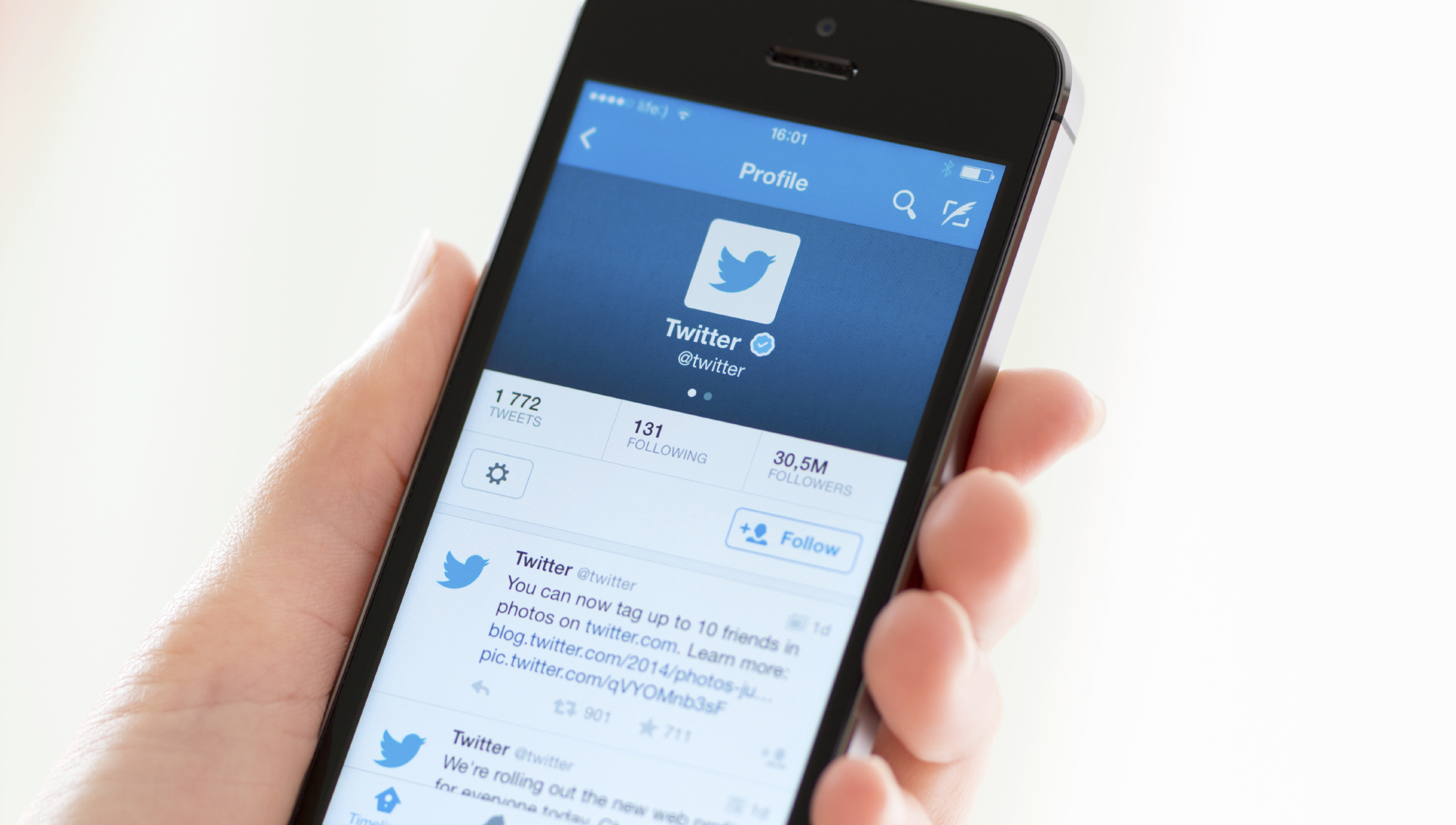What Happened
Twitter users may soon be able to respond to tweets with more than just “hearts,” which replaced its star-shaped “favorites” just two weeks ago. The social network is reportedly testing a new reaction feature that contains dozens of emojis for users to express their reactions in a more nuanced way. In early October, Facebook introduced a similar emoji “Reaction” feature allow users to react to posts beyond a simple “Like,” which is often inappropriate for posts expressing sadness or other negative emotions. The same reasoning applies to Twitter as well, which at the moment offers no details on the roll-out of this new feature.
What Brands Need To Do
If this feature does become available to the public, brands on Twitter can expect more quick responses of emojis replacing comments expressing similar reactions. This expansion of reactions can provide brands with a valuable tool to gauge customer feedback and measure their sentiment in a more granular way, enabling brands to adjust their communications strategy accordingly.
Source: The Verge
Header image from @_Ninji on Twitter


 Last week the NY times
Last week the NY times 